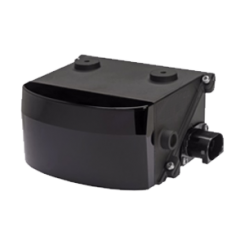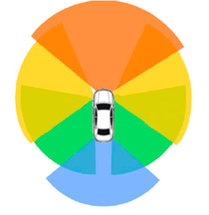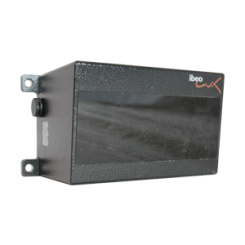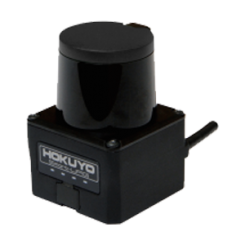LeddarTech IS16 Industrial Sensor
Industrial applications can be particularly challenging for some sensing technologies, which may be significantly affected by their environment. Specially designed for the industrial market, the Leddar IS16 is a robust, smart sensor that delivers consistent performance and reliability in the harshest conditions.
The IS16 Multi-Element Industrial Sensor has no moving parts and is encased in a weather-resistant enclosure. Its measurements remain unaffected by vibrations, dust, lighting conditions, or temperature variations. It is also perfectly suited to outdoor applications.
Features
- 16 independent segments with simultaneous acquisition and lateral discrimination capabilities
- 45° beam, for an optimized field of view
- 0 to 50 m detection range (165 ft.)
- Rapid data acquisition time up to 50 Hz
- An LCD display for configuring and monitoring ongoing operations
Benefits
- Proven reliability, even in harsh conditions
- Immune to ambient light
- IP67 weather-resistant enclosure
- No moving parts, for ultimate robustness
- Low power consumption
- Best cost/performance ratio
Media







